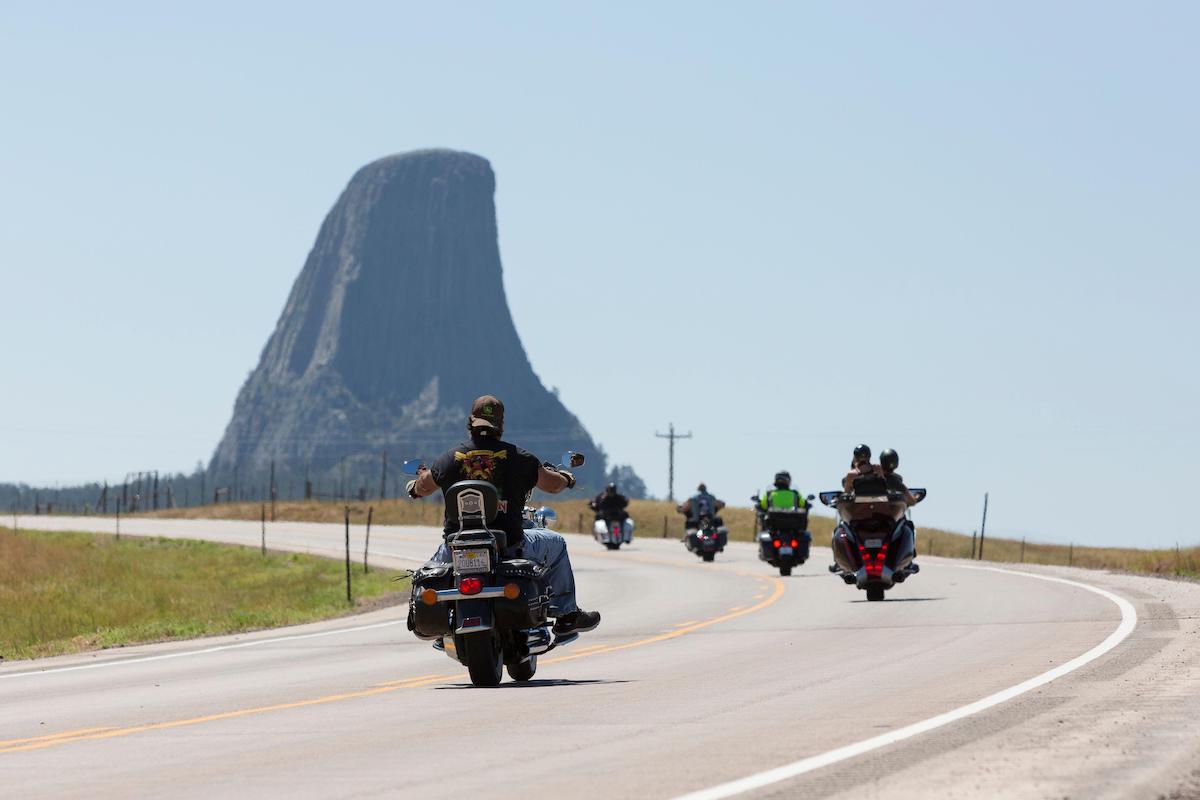Rt.live tracks each state’s Rt value, which is “the average number of people who become infected by an infectious person.” If a state’s Rt value is higher than 1, that means COVID is spreading quickly. But if it’s under 1, the virus’ spread is slowing. South Dakota currently rests at the bottom of the list among all 50 states, with an estimated Rt value of 1.27. By comparison, the state with the lowest Rt value in the country is Washington, which comes in at .76. RELATED: For more up-to-date information, sign up for our daily newsletter. Like many states, South Dakota has endured peaks and valleys in its battle against the coronavirus. Early April saw South Dakota’s worst infection rate, as outbreaks emerged in meat-packing facilities in the state. But through late spring and the early parts of the summer, the virus’s spread slowed, instead taking over the Sun Belt states. However, that’s shifted again recently. So, what is behind the sharp spike in South Dakota’s infection rate? The annual motorcycle rally in Sturgis, South Dakota, which was held from Aug. 7 and Aug. 16. Roughly 250,000 bikers attend the rally each year, and the 2020 version went on as planned, despite the public health risk. The event made headlines after many attendees disregarded social distancing and mask-wearing guidelines. The effects of the Sturgis motorcycle rally have not just appeared in South Dakota, either—there are reports of over 100 cases tied to the rally already cropping up nationwide. In fact, the Associated Press reports that those who attended the 10-day festival have since traveled back to 61 percent of all U.S. counties, based on cell phone data.ae0fcc31ae342fd3a1346ebb1f342fcb Residents of South Dakota can take some solace in knowing that previous states with the worst infection rates in the U.S. have turned things around. Over the past two weeks, Hawaii was in the last place, but increased mitigation efforts improved its rate from 1.34 to 1.19. If you need a better example of a state going “worst to first,” check out This Former “Red Zone” State Now Has the Lowest Infection Rate in the U.S.
